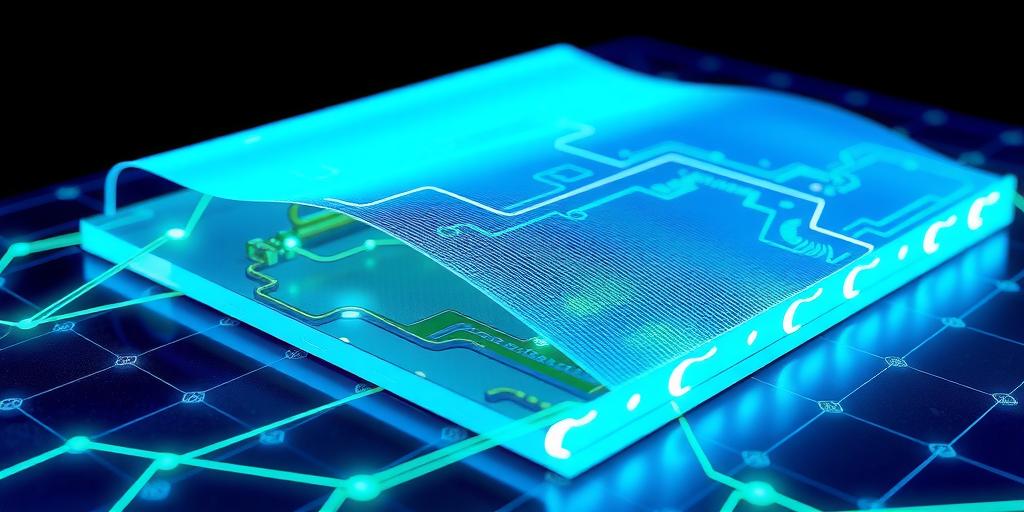Introduction
As display technologies advance, users want screens that don’t just look sharper but are also thinner and easier on battery life. Micro flexible OLEDs (Organic Light-Emitting Diodes) are emerging as a serious answer to this. These light, bendable displays are unlocking new ways to design devices while cutting power use at the same time.
Understanding the Physics of Flexible OLED Films
At the core of flexible OLED films is a balance between organic electronics and mechanical design. The light comes from carbon-based semiconductors, which generate photons when electrons and holes meet. Because the layers can be made only a few nanometers thick, they flex without breaking. Instead of rigid glass, the stack is built on polymer substrates like polyimide, chosen for both their heat resistance and resilience under repeated bending. To shield these delicate layers from oxygen and moisture, manufacturers add hybrid barrier coatings that lock in brightness and color. But here’s the tricky part: every bend slightly shifts molecular spacing, which can nudge emission colors. That’s why deposition techniques such as atomic layer deposition (ALD) or fine-pattern inkjet printing are so critical. They create uniform, high-density films that survive constant folding. Picture a lab test where a panel is bent thousands of times if the emission stays stable, that’s materials science at work ensuring flexibility doesn’t mean compromise.
Energy Efficiency through Micro OLED Architecture
For micro OLEDs, efficiency doesn’t just come from dimming pixels. It comes from making every electron do useful work. Engineers approach this by driving only the regions that matter, down to the sub-pixel. In AR headsets, for example, foveated rendering directs sharp detail only where the eye focuses source. At the emitter level, stacking multiple OLED layers and improving quantum efficiency allows more light per unit of power, cutting waste. Carefully structured electrodes help guide photons outward instead of letting them dissipate. There’s a trade-off, of course: the more current you squeeze out of less power, the more heat needs to be managed. If thermal buildup isn’t controlled, device life drops quickly. Advances in stable blue emitters, tighter encapsulation chemistries, and smarter current management circuits now make it possible to design ultra-low-power panels. The result? Foldable devices and AR wearables that last longer on the same battery charge.
Applications Driving Demand for Flexible High-Resolution Displays
Foldable phones are still the most familiar example, but they’re just the start. Slim, flexible OLED panels let devices fold into more compact shapes without adding bulk [source]. Wearables like AR glasses push the challenge further, since displays sit close to the eye and can’t afford to run hot or drain power. Their microscopic pixels give overlays sharpness needed for navigation, technical training, or industrial work. In a different setting, flexible biomedical displays can conform to skin or even wrap around organs, enabling patient-friendly monitoring. And what about rollable laptop or TV screens? They hint at immersive experiences while saving space. Even transparent OLEDs are on the way, blending into windshields or windows [source]. Each step moves displays away from rigid slabs and closer to surfaces that adapt naturally to daily life.
Conclusions
Flexible, low-power OLEDs mark a turning point in how we think about screens. By combining bendable form factors with crisp, efficient light emission, they enable devices that are lighter, cooler-running, and more immersive. The path forward isn’t just about brighter displays it’s about displays that fit more seamlessly into how we live and work.
Author: Lex S.

